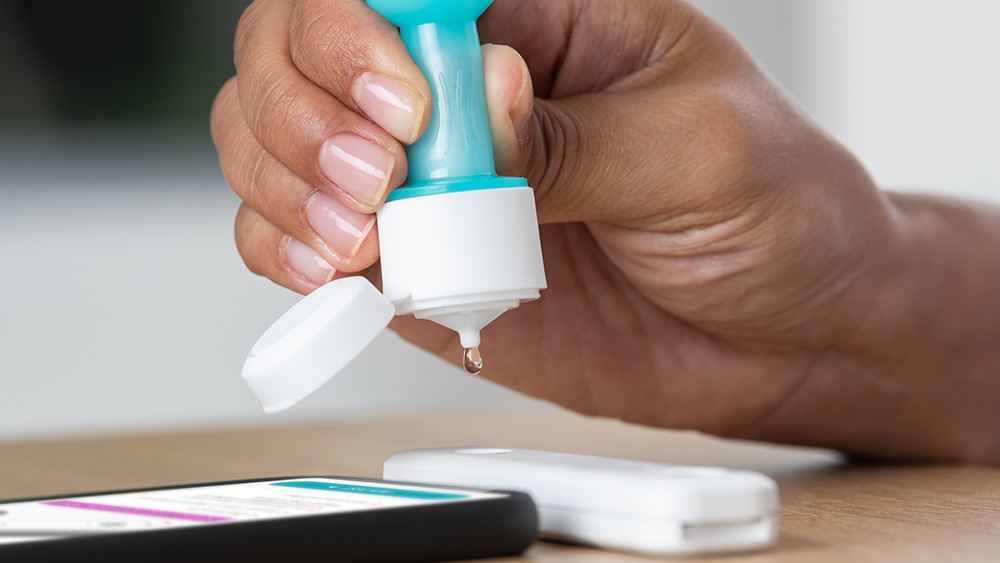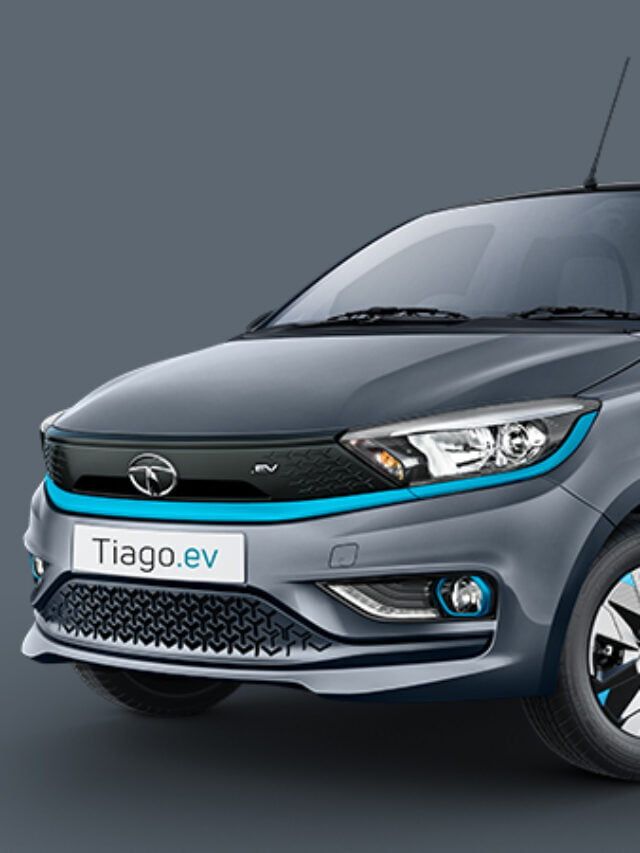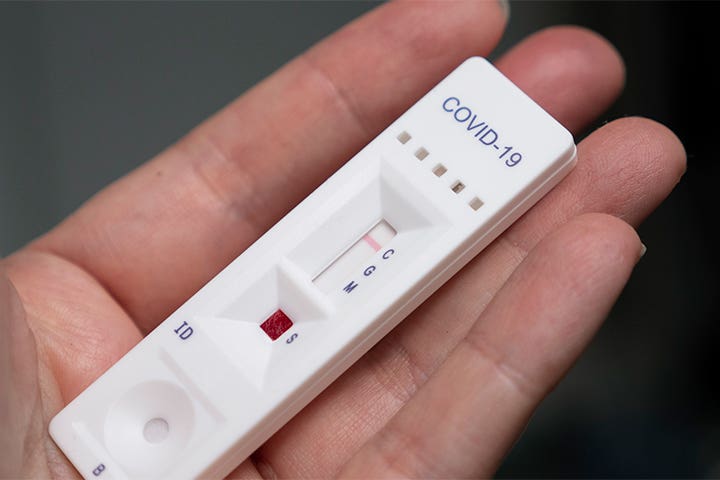With the pandemic looming and a sharp increase in the number of COVID-19 positive cases every day, people have been rushing to the testing centres to get tested and take the necessary steps to fight the pandemic. However, this has been increasing the pressure on the diagnostic laboratories, and therefore many people have switched to home testing kits that deliver results promptly and minimize the delay you might experience in getting the necessary treatment. Given below are steps on how to use a COVID-19 home testing kit and precautions that you need to take.
How To Use A COVID-19 Home Testing Kit?
The ICMR (Indian Council of Medical Research) has advised individuals who are showing symptoms of this viral infection or those who have been in close proximity to individuals found to be COVID-19 positive, to use a COVID-19 Home Testing Kit and get their medical status by the Rapid Antigen Test. Here are steps on how to use a COVID-19 home testing kit:
● Before you begin testing yourself, download the mobile application which is mentioned in the testing kit and fill in all your credentials. Complete all the required steps.
● Make sure you have washed your hands with soap and they are absolutely clean and dry.
● Place your test kit on a clean surface that has been sanitized.
● Tear the pouch or sac containing the COVID testing tools and lay these on the clean surface. Within 30 minutes of opening the pouch, you need to perform the test.
● There will be a pre-filled extraction tube. Gently tab it so that the liquid can settle.
● After this, you need to unscrew the cap and hold the tube in one hand.
● On the other hand, open the sterile nasal safe swab. Be careful not to touch the swab end.
● Insert the nasal safe swab slowly in both the nostrils one by one and these should be inserted up to 2 to 4 centimeters. Once inserted, roll the swab in each nostril five times.
● After this carefully immerse it in the extraction tube. Break it wherever needed. After this, use the nozzle cap to cover the tube.
If you see two lines next to the alphabets C and T, it indicates a positive result. On the other hand, if only one line is seen next to the alphabet C, it indicates a negative result. Any faint lines that are seen tend to indicate inaccuracy and a false positive or a false negative. It is important to note here that results appearing after a 20 minutes interpretation window should be considered or treated as invalid.
Also Read – Know About These Safest Weight Loss Procedures
Precautions To Take While Using The Home Testing Kit

It is easy to understand how to use a COVID-19 home testing kit. However, you need to know certain precautionary measures you need to take in advance while using the home testing kit in order to get accurate results. First and foremost, you need to ensure that your hands have been washed by a disinfectant and also ensure that the kit is placed on a clean surface. If these hygiene protocols are not followed, it can lead to contamination of the kit and inaccuracy in results. Another thing that you need to ensure is that you need to allow the swab to sit for the specific time it is required and during this, avoid meddling with it.
A Final Word
While home testing kits are convenient ways to get quick results, they are not as accurate as a PCR test. This is because there are increased chances of obtaining a false positive or a false negative with these at-home rapid antigen tests as compared to the PCR tests. This happens because the rapid test primarily focuses on the protein part of the strain of the virus, instead of the complete virus RNA.
The technology used in these rapid tests traces the protein and in turn reveals the presence or absence of infection. On the other hand, molecular tests or PCR tests use a technology that is efficient in detecting the RNA, or as is also known as the virus’ genetic component. This is the primary cause of the relatively high accuracy of PCR tests. Thus, you can use the rapid home testing kit any time you want but to avoid any diagnostic errors, you can always get a PCR test done.
For more informative articles, visit lifestyle.












